From Hype to Hate? Understanding the Changing Conversation Around “It” Watches
Opinion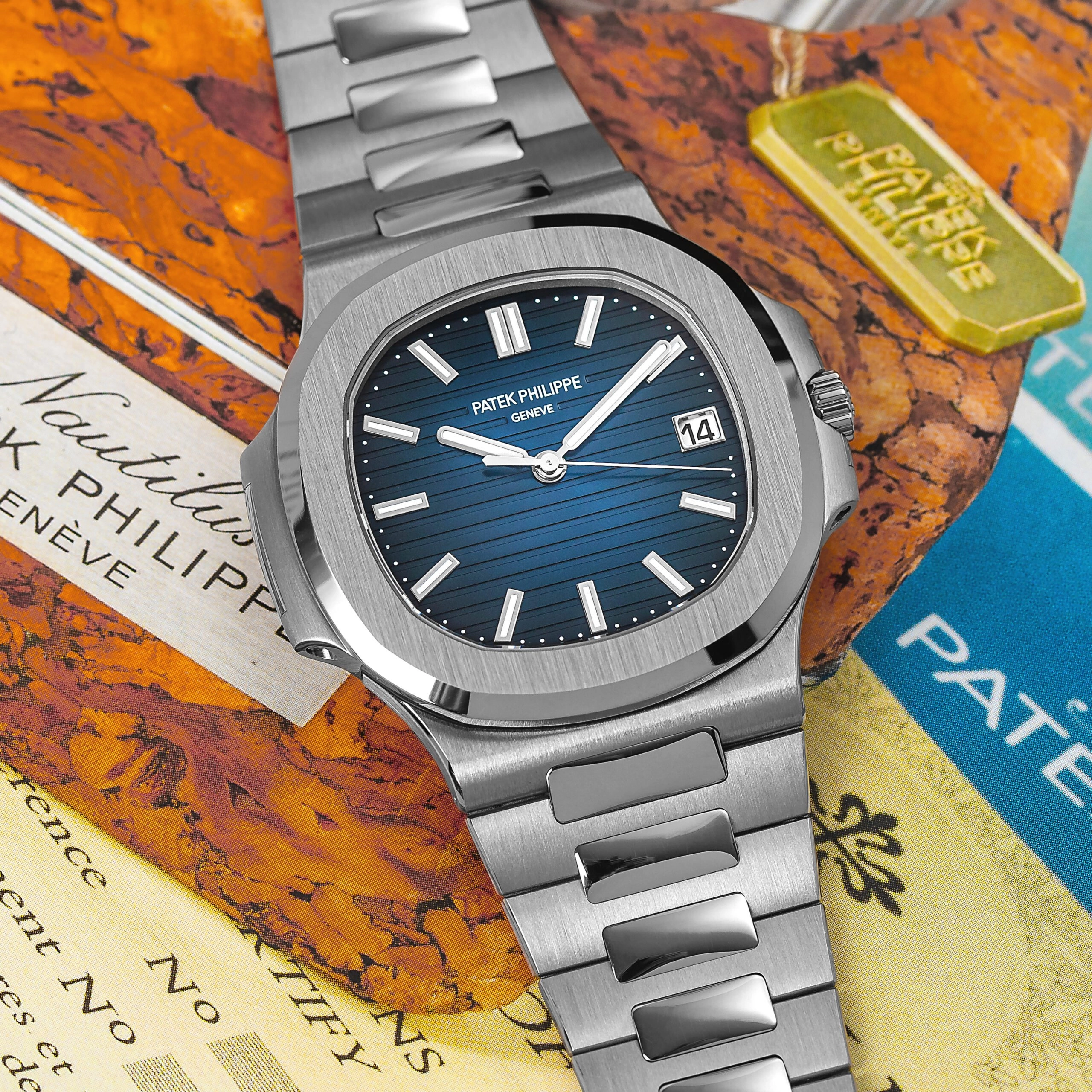
Few watches have defined modern collecting quite like the Patek Philippe Nautilus, the Audemars Piguet Royal Oak, and the stainless steel Rolex sports models. These pieces have long been icons, admired for their design, heritage, and prestige. Over the last few years, their popularity exploded, fueled by global events and a growing community of collectors. But now, the conversation around them is shifting.
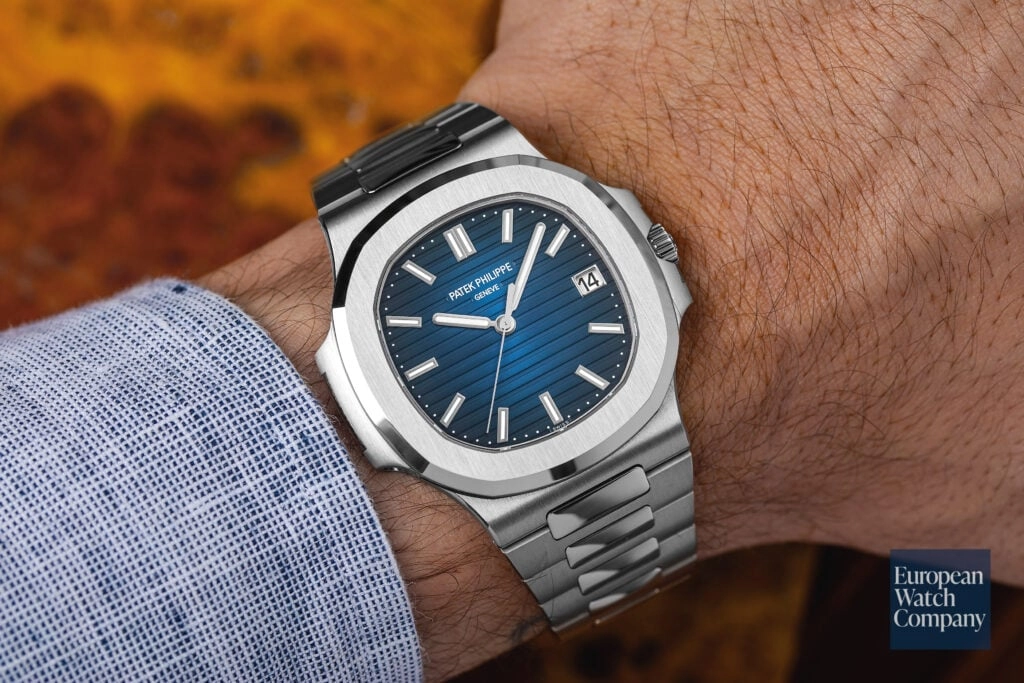
While these watches remain deeply coveted, there is a growing narrative in some corners of the watch world that sees them less as personal statements and more as symbols of trend-following. Some collectors even refer to wearers of these pieces as "hype chasers." That perception is worth examining, not to diminish the watches themselves, but to better understand how attention, scarcity, and collector sentiment shape the conversation.
The Peak of Popularity During the Pandemic
During the height of the COVID-19 pandemic, interest in luxury watches surged. With travel and entertainment restricted, many collectors redirected their budgets toward tangible passions. Watches became a meaningful outlet, and few models saw more demand than the Nautilus, Royal Oak, and steel Rolex sports references like the Submariner and Daytona.
The Patek Philippe Nautilus 5711 became one of the most talked-about watches in the world. Its integrated bracelet, slim profile, and effortless style attracted longtime collectors and newcomers alike. When Patek announced it would discontinue the model, interest reached a fever pitch, driving secondary market prices to incredible levels.
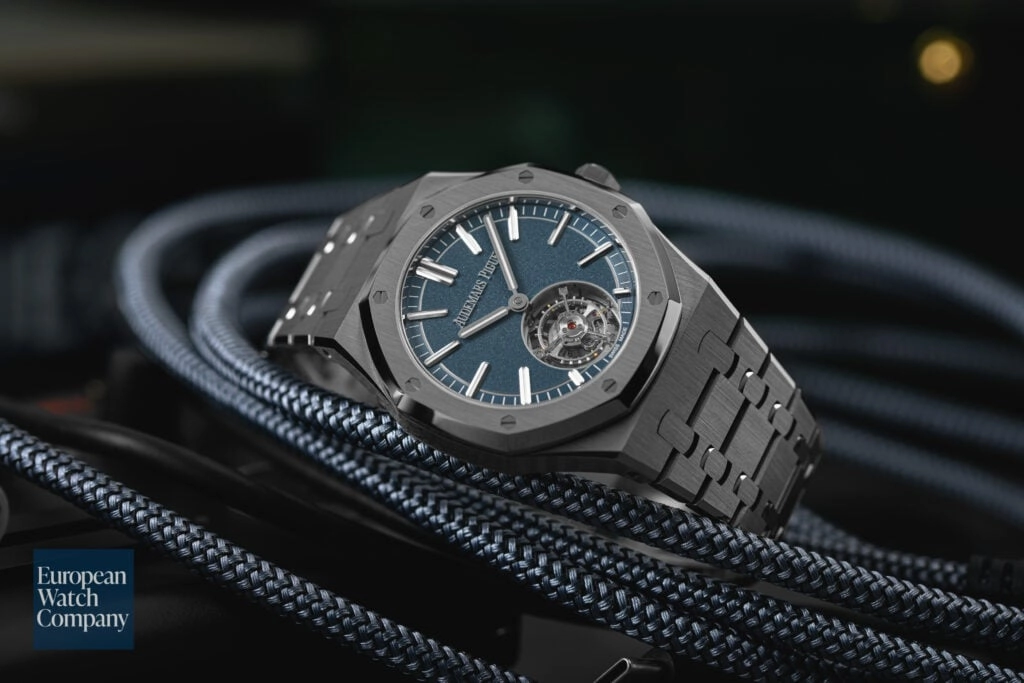
The Audemars Piguet Royal Oak followed a similar trajectory. With its sharp geometry, textured dial, and strong historical presence, the 16202 and other variants became essential to any serious collection. What was once a niche design for the discerning collector became a mainstream hit.
Rolex models, already difficult to find at retail, became nearly impossible to obtain through traditional channels. The Daytona, GMT-Master II, and Submariner were all swept up in the rising tide of demand. Waitlists grew, and the allure of owning one became even stronger.
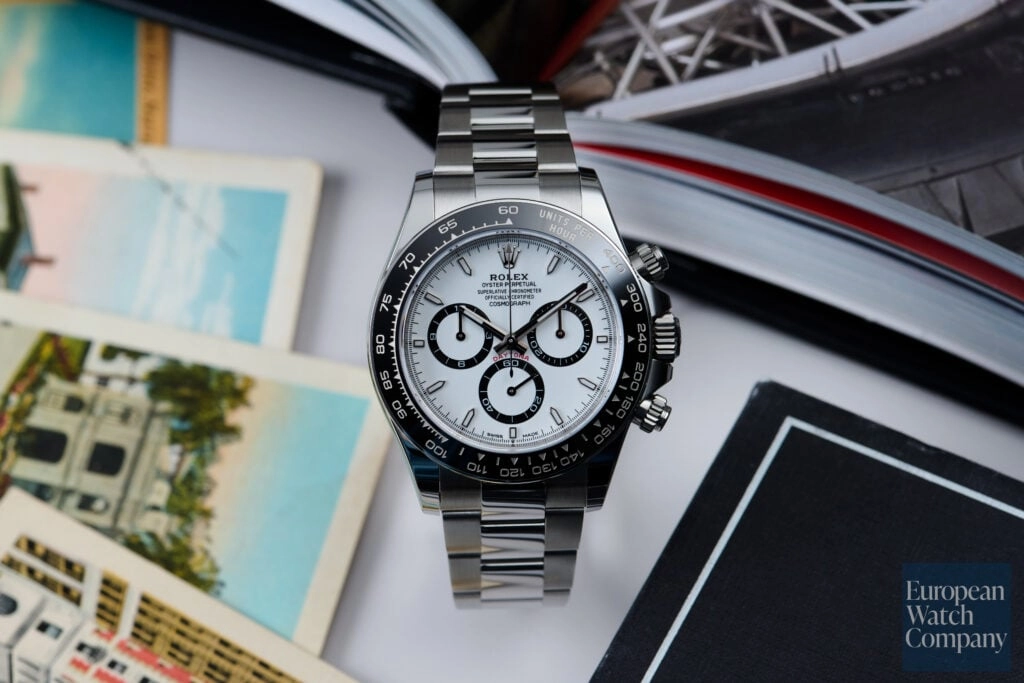
The Shift: From Admired to Overexposed?
As demand rose and social media amplified these watches, they became more visible than ever. Instagram feeds and YouTube videos often featured the same few models. What began as appreciation slowly transformed into overexposure for some collectors.
That perception can sometimes feel unfair, especially to collectors who genuinely admire these watches for what they are: icons of design, engineering, and heritage. But when a model becomes highly visible on social media or in pop culture, some people begin to associate it more with status than substance. It leads to quick assumptions. A person wearing a Nautilus or Royal Oak might immediately be labeled a trend follower, even if their appreciation runs much deeper. This kind of snap judgment says more about how watch culture is discussed online than it does about the watches themselves.
Scarcity and Brand Strategy
Another reason for the changing tone is simple frustration. These watches have become so difficult to obtain through authorized dealers that many collectors feel shut out. It is one thing for a watch to be exclusive. It is another for it to feel inaccessible no matter how loyal or informed a buyer may be.
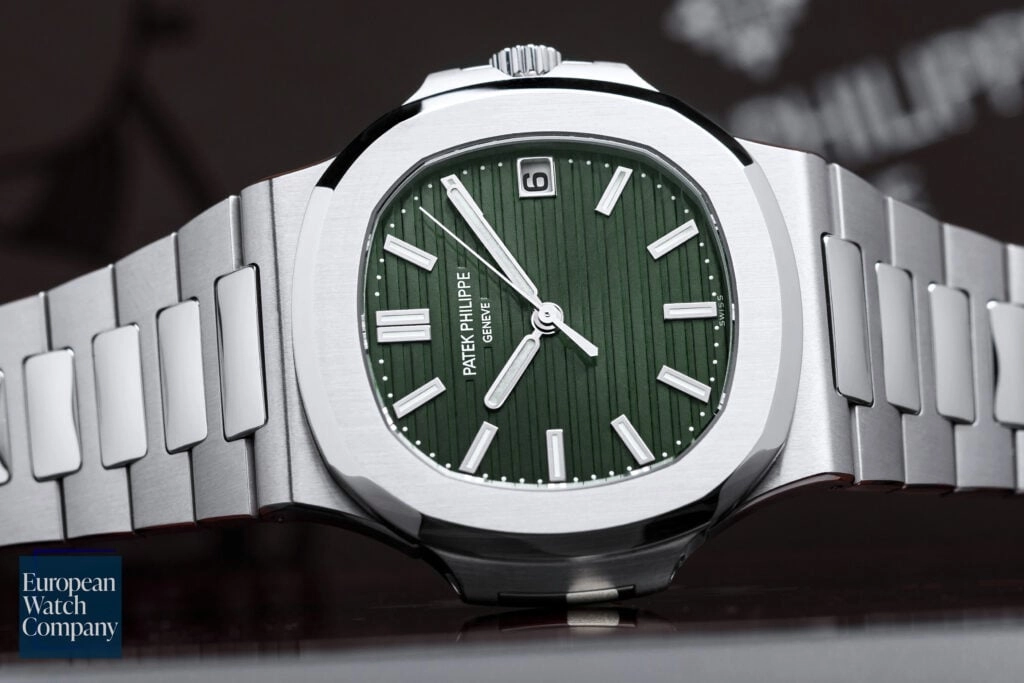
Some brands have also added fuel to the fire. Patek Philippe, after announcing the end of the 5711, released several follow-up models that kept the Nautilus in the spotlight. Audemars Piguet has expanded the Royal Oak collection significantly, offering many limited editions and variations. Rolex continues to evolve its lineup gradually, which keeps demand high but can also spark fatigue among collectors who feel stuck waiting.
Staying Power Beyond the Buzz
Despite all this, these watches remain some of the most important and well-designed timepieces ever made. The Nautilus and Royal Oak both introduced new ideas that reshaped modern sports watch design. Rolex’s sports models continue to set the standard for durability, precision, and consistency.
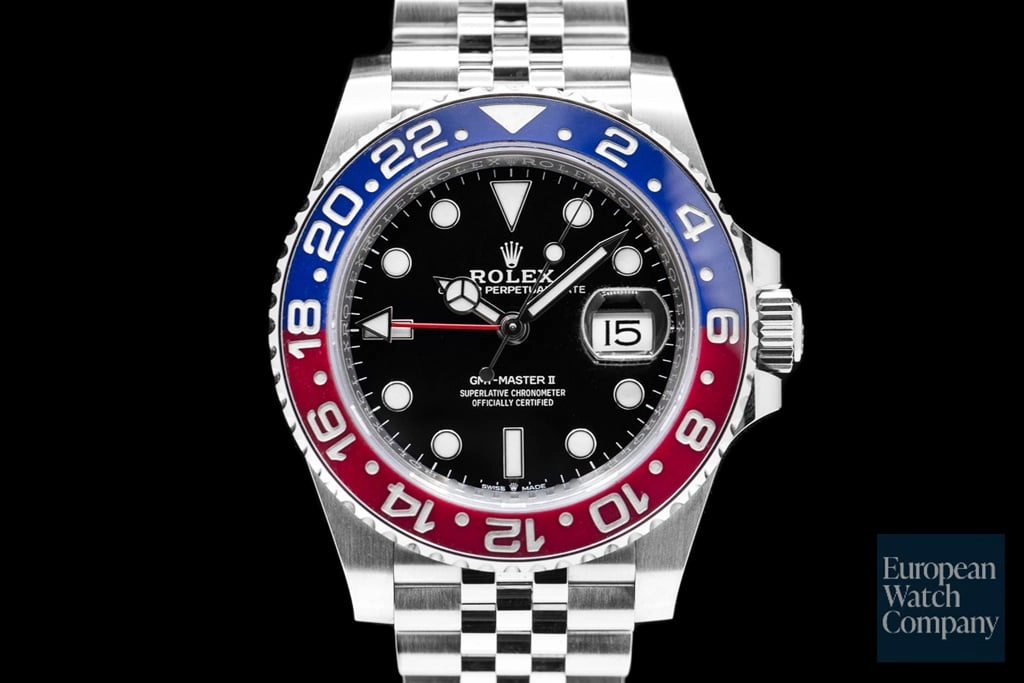
Even if the online dialogue feels louder or more critical, these pieces have stood the test of time for a reason. Their design, craftsmanship, and brand heritage are not products of social media. They are the result of decades of evolution and excellence.
Conclusion: Icons Are Still Icons
Watches that reach the peak of popularity will always attract scrutiny. Some people will chase trends, and others will criticize them for doing so. But in the end, the watches themselves remain unchanged. A great watch does not stop being great because more people want it.
For serious collectors, the challenge is to look past the noise. Whether you are drawn to a Royal Oak, a Nautilus, or a steel Rolex because of the design, the story, or the feel on your wrist, those reasons are still valid. If anything, the conversation around these watches shows just how powerful their presence is in the world of horology. And that is not going away anytime soon.